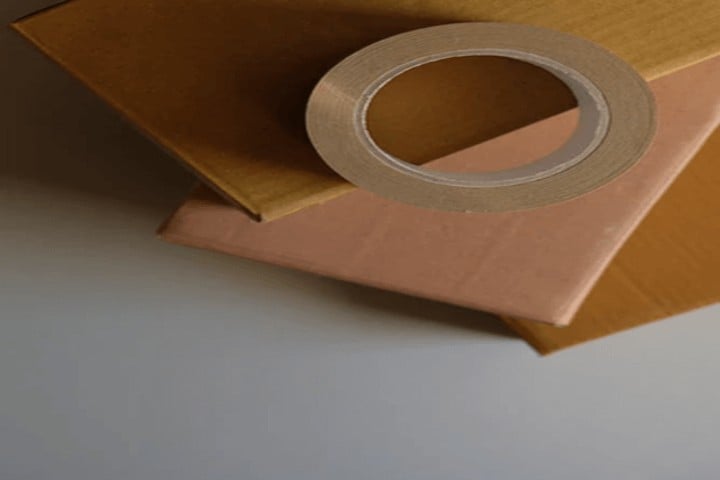
There are many ways to move packages efficiently, but preparing the package before shipping is the sender’s responsibility. Adequate packaging, proper padding, and secure taping are three areas that are easy to overlook when a product is packaged for delivery. Even the external wrapping or box used can determine how much rough treatment the package can withstand without sustaining damage.
There is also a wide range of regulations, rules, and best practices for shipping perishable or fragile goods. Hazardous products should be packed carefully. Even non-hazardous liquids can create a mess if they leak in transit.
Whether you are an occasional package shipper or a full-time online retailer, you want to make sure every package you send reaches its recipient hassle-free and unharmed. Here are some suggestions for preparing a box for shipping, covering everything from small, fragile pieces to large and heavy objects.
Selecting a Box
The cardboard boxes used for the packaging should be new to ensure maximum safety. Older boxes may have a weak spot or other faults which may not be easily noticeable but could cause the box to collapse or rip somewhere along the line.
Shipping boxes are made of corrugated cardboard. However, regular boxes are made of thin cardboard. Corrugated cardboard is stronger than regular cardboard and is designed to protect most contents from external pressure or jostling. However, for hazardous or extremely delicate items, you should get a designed box for that type of product.
The box should be spacious enough to pack your items without tearing or bending. However, too much empty space allows the product to roll around, potentially damaging it. Custom-made boxes are produced in hazmat and non-hazmat categories to accommodate very long or bulky objects. In addition, custom boxes can be made with company logos for visibility and brand recognition.
Ideas for Packing Items
During packaging, heavier items should be kept on the bottom of the box to prevent them from crushing other items. Unless goods are already wrapped with sufficient padding around them, use additional padding between each pair of layers. The padding is secured with tape to ensure it remains in place. Varieties of tape can be found in tape jungle.
Knowing the use of bubble wrap or other padding tools is also important for packaging. To create a basic layer of cushioning, some of the padding should be placed on the bottom of the box.
Some items such as glass, ceramic, and soft plastic that could be easily damaged should be wrapped individually.
Choosing the Best Padding and Packing
Bubble wrap, air cushions, foam, and other types of padding materials have their individual pros and cons. Air cushions and bubble wrap are available in recyclable and recycled varieties. Soft foam is layered or folded for flexible padding. Some manufacturers use custom-fit rigid or flat foam for sturdier support. However, they are not recyclable. A more earth-friendly option is thick cardboard inserts.
Loose packing filler or peanuts are also available in biodegradable options. These items are packed snug to prevent the items from shifting.
Labeling and Sealing
To seal the package, use high-quality shipping tape instead of basic masking or duct tape. When sealing the top and bottom of the box, the tape should extend over the sides of the box a few inches. This helps to protect the box from bursting open if it gets lifted or tipped improperly.
Content lists, hazardous materials information, and customs forms can vary depending on the shipping destination and mode. Labels should be made in advance and taped securely to the outside of the box. Likewise, it needs clear packing tape, making sure no corners and edges are loose.
Mark the box with “Fragile” and “This Side Up” with an orientation arrow to ensure extra protection. Boxes with these labels are handled with extra care by the shipping companies. The shipping option can be upgraded to special handling to deliver fragile objects safely.
Palletizing
During a palletized shipment, additional attention is required for shrink-wrapping and loading. Plastic or wood pallets are both safe to use for most shipments. However, each pallet should be checked for damage before loading it.
Temperature Fluctuation
Temperatures and humidity levels can change drastically during shipment. Hot or cold temperatures can spoil certain goods or make them more fragile and susceptible to damage.
If your product is vulnerable to temperature changes, use insulated boxes. Pharmaceuticals are damaged when left outside for too long. In the same way, dry ice should be packed in a foam container that is large enough for the product and the ice being shipped, with sufficient space for plastic or another thin layer to detach the product from the ice.
Timely Arrival
It is not possible to know or control all the factors that could influence shipment arrival, but communicating with the shipping company and the recipient is critical for a successful transfer. However, packaging with extra padding, using all appropriate labels, and accommodating recipient requests for delivery scheduling can make a significant difference for fragile and time-sensitive packages.
Finally, make sure you have selected a suitable carrier for your package. Your normal delivery service might not be right for every package, depending on the parcel size and route. Research the options to make the best decision about whom to entrust your package and business to.
You should have learned a new skill after reading this essay. More recommendations can be found on this page: What You Need To Know About Cargo Transportation
Have Experience in the Moving Industry? Want an Additional Income Stream? Work With All Around Moving!
Adding a new revenue source to your business can help you increase your profits. Every step of the journey, we’ll be there for you. Click here to learn more.





